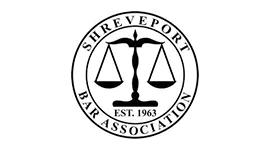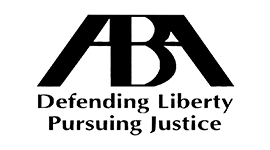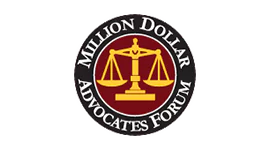Personal injury actions require, by their very nature, that someone be injured. The requisite injury can either be physical or, in some cases, emotional. The general goal of personal injury actions is to place the blame for the injury on the party who caused it and to require them to compensate the injured person for the losses sustained.
Not every injured plaintiff is entitled to recover damages for the injury he or she has sustained. Besides an injury, the plaintiff must establish, through evidence, that the defendant is legally liable for his or her injuries. This requires proof of causation both in terms of actual, factual causation and legal causation. Whether legal causation is established depends on the facts and circumstances of the particular matter in question. The defendant can be held liable as a result of either the actions he or she took, or the actions he or she had a duty and failed to take.
Some personal injury actions revolve around intentional conduct, which means that if an individual intentionally harms another, or knows that the conduct he or she is engaged in has a substantial likelihood of harm, he or she may be liable for the resulting harm. Other personal injury actions are based on negligence. Under a negligence theory, an individual is liable for the injuries caused by his or her own actions, or inaction. Still other types of personal injury actions are based on strict liability, a no-fault system where liability may attach regardless of the fault of the various parties, including the plaintiff.
In some situations, the defendant’s conduct, while questionable, does not rise to a level that entitles the plaintiff to a recovery. For example, if a plaintiff knowingly and willfully chooses to encounter a known hazard, the law holds that he or she has “assumed the risk of injury” and therefore the defendant is not liable. Plaintiffs are denied recovery in other cases if their subjective belief about a situation does not match an objective “reasonable person” standard.













